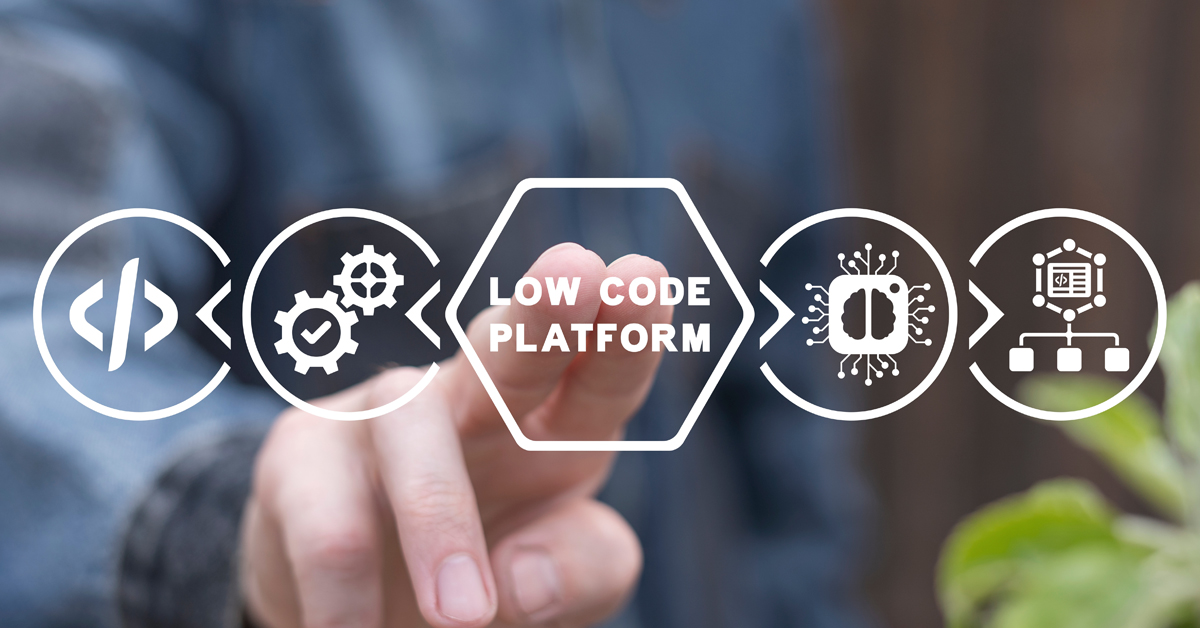Robotic Process Automation (RPA) has been a buzzword for a while and will continue to be in 2018. You may be looking at RPA as a driver to reduce operational costs, improve accuracy and facilitate faster operations. But, to assume that only by assigning human tasks to bots will help you achieve process excellence when your underlying processes are broken is a misplaced expectation.
You can leverage Robotic Process Automation for enhancing your organization’s digitization strategy by automating repetitive, mundane tasks, but it cannot help you drive continuous process improvement. Robotic Process Automation (RPA), which seems to be an answer to automation needs, comes with its own set of lessons to be learned.
Must-consider factors before implementing Robotic Process Automation
- Why RPA – First thing first, establish clarity on why do you want to implement RPA. Identify specific objectives and right use-cases. Being a new technology, organizations are wary of picking critical processes as a candidate for RPA. But, it is wiser to identify the specific objectives, success criteria to ensure the long-term considerations are not compromised.
- Understand if broken processes are the real problem – RPA is not built for fixing broken processes and silos within an organization, it is important to first streamline overall process. Put simply, the process has to be well-defined, structured and matured for you to implement RPA effectively in activities therein.
- Track what’s happening in the system – Identify right processes that have to be automated and do not lose sight of specifics. You may deal with a few hundred bots without elaborate mechanism. However, as the process matures and when scale increases, robust and scalable monitoring become a must. You should be able to monitor at process level to track what’s happening in the system.
- Measure and simulate – The ability to measure the key process parameters is critical. The solution must have the ability to measure the overall cycle time, throughput and task level attributes and how do they impact the business performance.
- Know about exception handling – In a pureplay RPA solution, the ability to handle exceptions is limited to reporting and a default fallback option. Here’s when exceptional handling comes into the picture. You need to support RPA with a process level exception handling mechanism through a BPM platform that can seamlessly define a fallback option in the form of human intervention or through rules management.
BPM and RPA- Delivering End-to-End Process Automation
Remember, RPA is a tool in the mix and not an end in itself. Without an effective BPM platform, an RPA implementation would be like town exits without an interstate freeway. Process orchestration at the business unit level is what drives the overall business value, while RPA implementation at the tasks level, supported by the orchestration and modeling platform, gives the incremental leverage that it promises.






